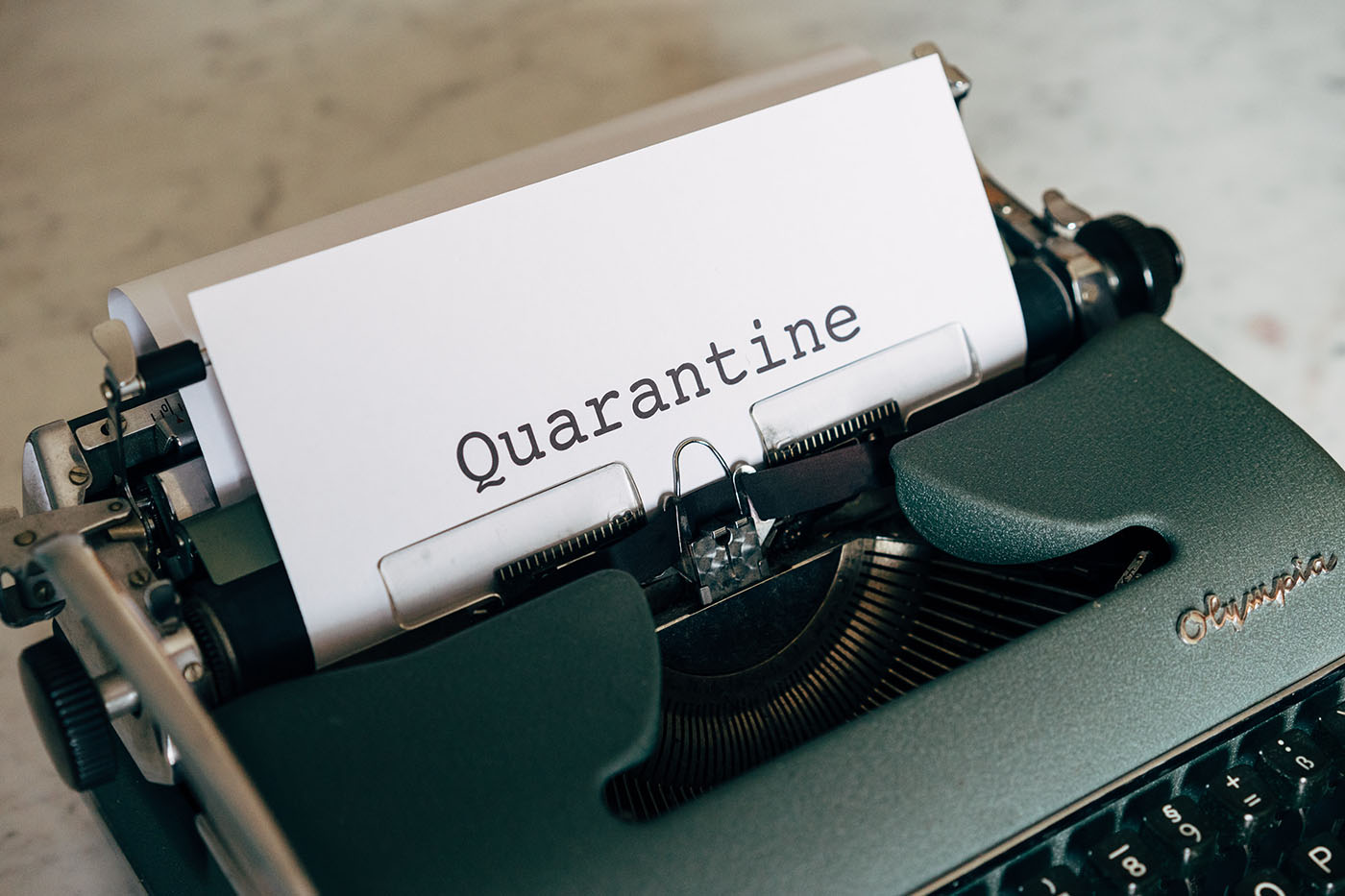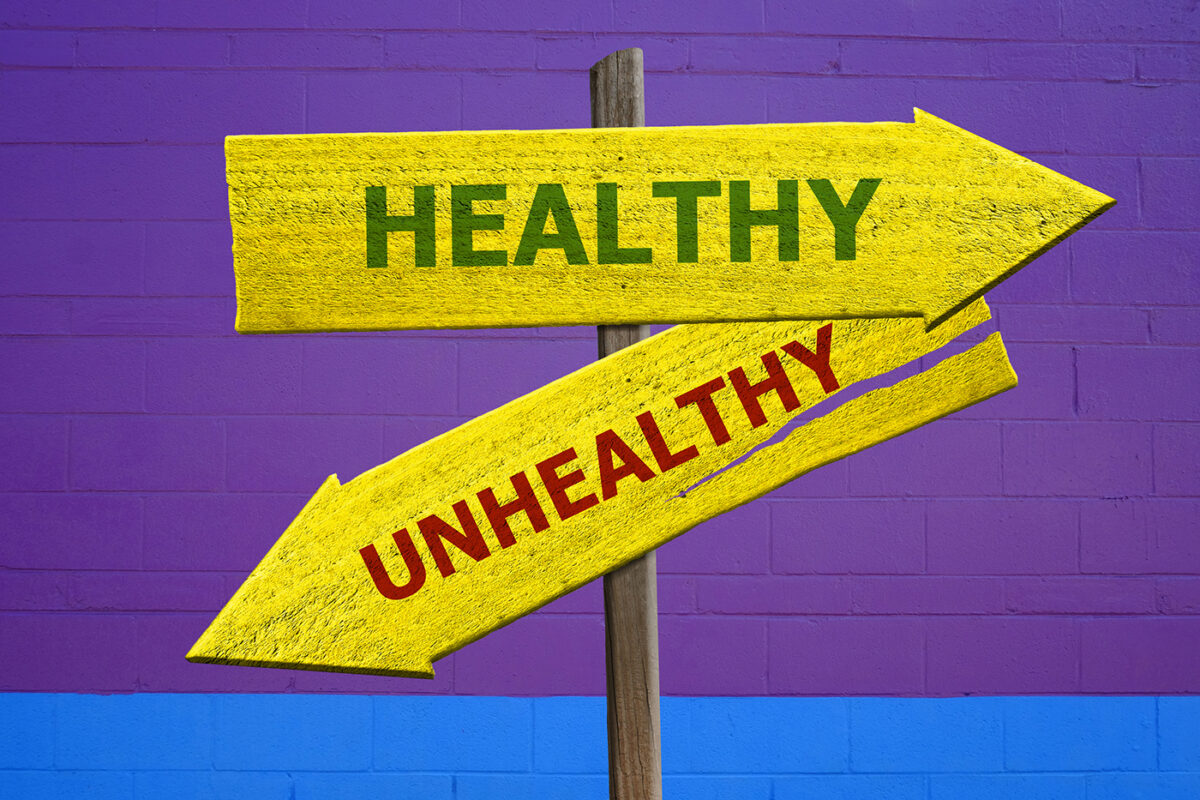
This is an update of a blog post first published April 7, 2020.
In this installment in our series explaining key terms and phrases used by public health officials in discussions of the COVID-19 pandemic, we look at the terms “isolation” and “quarantine.”
“Isolation” and “quarantine,” two other terms often used in reference to avoiding the spread of illness, have similar but distinct meanings.
According to the U.S. Department of Health and Human Services (HHS), “isolation“ is defined as separating “sick people with a contagious disease from people who are not sick.” In the context of COVID-19 containment, the term “self-isolation” is typically used to describe an action that individuals who are confirmed positive, awaiting test results, or exhibiting COVID-19 symptoms should take to mitigate spreading infection.
The Arkansas Department of Health has issued guidance on how long individuals should isolate after becoming infected with COVID-19.
- For COVID-19 positive individuals isolating at home, isolation should take place until 24 hours after an individual’s fever has resolved without the use of medications, other symptoms have improved, and 10 days have passed since the symptoms first appeared.
- For COVID-19 positive individuals without symptoms, isolation should continue until 10 days have passed since the date of the positive test with no illness.
- For COVID-19 positive individuals hospitalized with severe illness, isolation should take place until 24 hours after an individual’s fever has resolved without the use of medications, other symptoms have improved, and 20 days have passed since the symptoms first appeared.
HHS defines “quarantine“ as separating and restricting “the movement of people who were exposed to a disease to see if they become sick. These people may have been exposed to a disease and do not know it, or they may have the disease and not show symptoms.” While both isolation and quarantine have the same objective, isolation is intended for those who are already sick and could spread infection to otherwise healthy people.
The Arkansas Department of Health notes that individuals exposed to a person who has tested positive for COVID-19 should quarantine for 14 days after their last exposure, if no symptoms have developed, even if the initial test is negative.
Read more about the pandemic on our website’s COVID-19 in Arkansas page.





